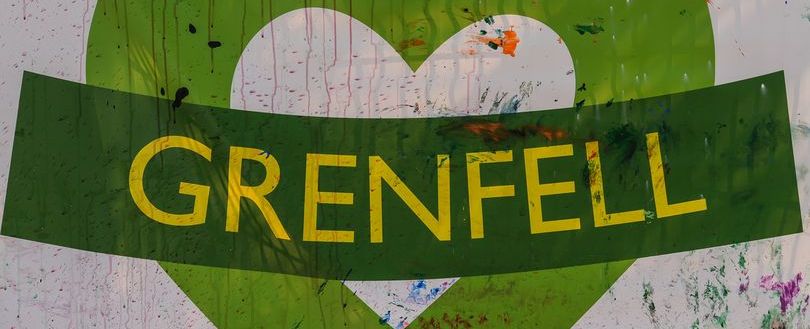
Grenfell Tower inquiry exposes miscommunication, poor governance and misguided policies
Like it? Share it!
11 April 2022
Over the past fortnight the Grenfell inquiry has heard evidence from a succession of ministers who have lined up for the first time to explain what went wrong. The evidence has laid bare a litany of miscommunication, poor governance and misguided policies in the government department responsible for fire safety.
Eric Pickles, the secretary of state for communities and local government from 2010 to 2015, said in his evidence last week that even if he had accepted Kirkham’s March 2013 recommendations, he did not believe it would have made any difference.
Lord Pickles said: “I think there was a kind of mindset that existed in parts of the department that just simply ignored what was happening, made a view about what we were and came to it.”
The department’s previous statement to the inquiry has admitted a catalogue of errors, which “cumulatively created an environment in which such a tragedy was possible.”
In his evidence last Wednesday and Thursday, Pickles seemed more defensive than apologetic for his department’s systemic failings, urging counsel to “use your time wisely” in the questioning because he had an “extremely busy day meeting people”.
He later apologised to the inquiry if he had appeared discourteous. He wrongly said 96 people had died in the fire and referred to them as the “nameless” when they have all been identified.
The evidence from Pickles and three other former ministers has provided some insight into the departmental inertia in the face of warnings of failings in fire safety regulations.
Gavin Barwell, a former housing minister in the department who became Theresa May’s chief of staff when she was prime minister, said he was comforted by statistics that showed the number of people who had died in fires in homes in the UK had fallen from 865 in 1979 to 353 in 2008. He said: “I think, with the clear benefit of hindsight, I gained a completely false situation awareness.”
Lord Barwell also offered another defence: that few people were demanding action following the recommendations. He said: “This wasn’t an issue that was being raised by the opposition. I wasn’t being asked about it by the media.” One MP, though, was certainly raising questions: the late Sir David Amess, chair of the all-party parliamentary fire safety and rescue group at the time, which was advised by a former chief fire officer, Ronnie King, and architect Webb.
An investigation by trade magazine Inside Housing revealed that between 2014 and 2017 the all-party parliamentary group (APPG) wrote to ministers at least 21 times, calling for the recommendations after the Lakanal House fire to be implemented. The proposals included a fitting of sprinklers in tower blocks and a review of building regulations “with particular regard to the spread of fire over the external envelope of a building”.
The group was repeatedly rebuffed. Stephen Williams, the minister responsible for building regulations at the time of the Lakanal House report, said in evidence to the Grenfell inquiry last week he did not believe he even read the coroner’s letter and recommendations.
Williams was told by his officials in 2014 that a review of the key fire regulations in document called Approved Document B would be completed by 2016-17, but was told it required significant work and was not urgent. The review was not completed at the time of the Grenfell fire.
Ministers also failed to act on other warnings, including a letter from Dany Cotton, then the commissioner of London fire brigade, in April 2017 when she wrote to Barwell, once again alerting ministers to what had happened at Lakanal House and warning of “mounting evidence of concern within residential buildings and, in particular, blocks of flats”.
By this stage, time was running out. It was just two months before the Grenfell fire. Barwell said he did not think he had seen the letter because the general election had been called and he does not believe it was forwarded by his general office.
Melanie Dawes, the department’s former permanent secretary, gave evidence last month in which she said she considered a government drive to cut regulation was also a factor in the delays to reform building regulations.
A government initiative had been launched in 2011 to cut down the 21,000 statutory rules and regulations in force. Dawes said the strong focus on cutting red tape meant it was “very difficult to get anything changed”.
Pickles said he did not know that a focus on red tape had hindered officials from tightening fire safety standards and considered building standard regulations were exempt, but could not cite where the details of the exemption was set out.
Related training
Related news
-
March 2025 Data Release on Building Safety Remediation
22 April 2025
-
Addressing Fire Safety Risks in Social Housing
11 February 2025
Related resources
-
Memorandum of Association
01 September 2022
